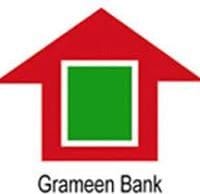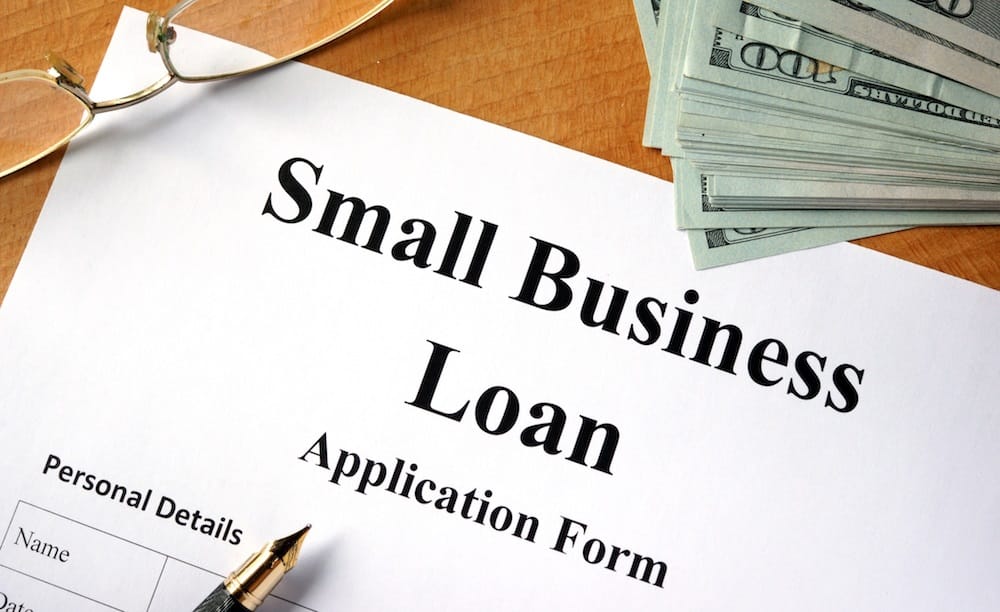What Is The Difference Between An SBA Loan And A Conventional Loan?
When people decide to pursue entrepreneurship, one of the biggest obstacles is financing. Since even the smallest business usually requires thousands of dollars to get started, many people obtain loans to fund their businesses.
However, not all loans are alike. To understand how loans compare to one another, here are some differences between SBA loans and conventional loans.
Longer Loan Terms
When considering which type of loan would be best, entrepreneurs are immediately drawn to the longer terms offered by SBA loans. Should they qualify for a loan, entrepreneurs can have up to 25 years to pay back the loan, meaning their monthly payments are much lower. By contrast, conventional loans usually need to be repaid within only a 10-year period.
Lower Interest Rates
Since a conventional lender such as a bank assumes 100 percent risk when granting a loan, it often charges higher interest rates to make as much money as possible should the borrower default on their loan. However, according to Lantern by SoFi, SBA 7a loan rates are often much lower, increasing the likelihood a business owner will be able to repay their loan.
Credit Scores
When applying for most types of loans, credit scores come into play to some extent. When seeking a conventional loan, the business owner must be able to demonstrate not only a high credit score for the business itself but also must have a strong personal credit score. In addition, conventional lenders also tend to approve loans for businesses that have a low debt-to-net-worth ratio.
As for SBA loans, they work differently. Since these loans were designed to help people who have little credit, no credit, or even bad credit, a prospective business owner who has had past financial difficulties has a better chance of being granted an SBA loan.
Approval Times
If an individual seeks an SBA loan, they should be prepared for it to be a long process between the time they apply and when the loan is granted. While filling out the initial application takes only about five minutes, they will then receive a list of potential lenders from the SBA within 48 hours. From there, it is the person’s responsibility to contact various lenders to compare rates and other details. Upon deciding on a lender, they then apply directly to that lender for their loan. However, a conventional loan can be approved quicker, mainly due to far less paperwork and the loan officer’s authority to make a quick decision.
Loan Amounts
Finally, if a person needs a smaller loan for their business, an SBA 7a Small Loan can go up to $350,000. Should a larger loan be needed, the SBA 7a Standard Loan can go as high as $5 million. Unless a business has an excellent track record and can be counted on to repay the loan, a conventional loan is unlikely to go this high.
Whichever direction a business owner ultimately takes when selecting a loan, carefully comparing these and other details can significantly impact their financial future.

